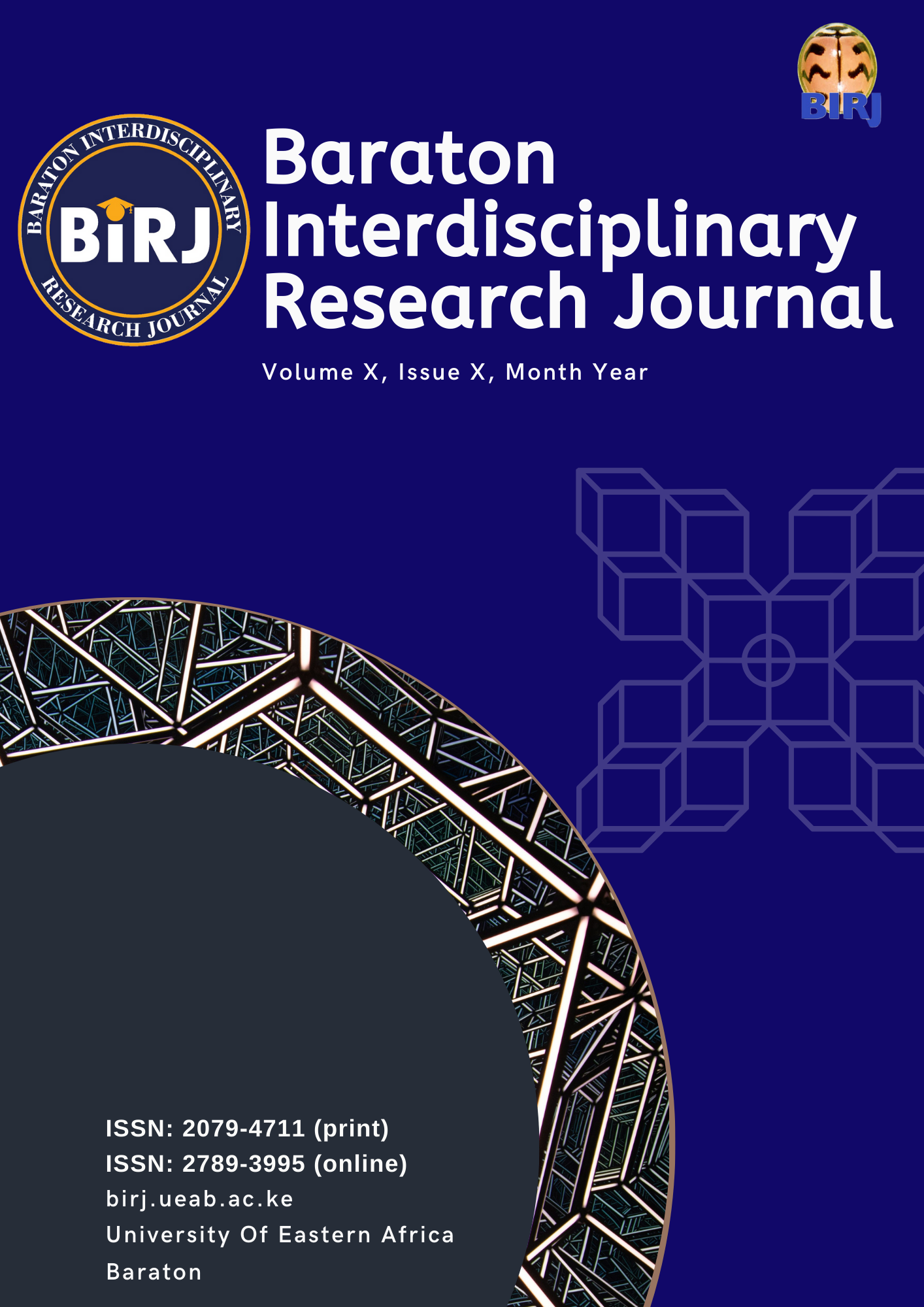BIRTH ORDER AND CONDUCT DISORDER OF SECONDARY SCHOOL STUDENTS IN NAKURU MUNICIPALITY, NAKURU COUNTY-KENYA
Keywords:
Birth order, conduct disorder, health seeking behavior, secondary school studentsAbstract
The aim of the study was to establish the relationship of birth order and conduct disorders among secondary
school students in Nakuru county, Nakuru municipality, Kenya. This study was conducted for both male and
female students. A total of 317 students participated. The study had 51.7% males and 48.3% females. Further,
21.5% were first borns, 58% middle and 20.5% were last borns. Study tools included the questionnaire. The
study established a statistically significant relationship between birth order and conduct disorders (p= .000) at
the df =2. Birth order and conduct disorder was found to be probably the most important aspects of life. Birth
order, specifically being a last born renders one to be more susceptible to conduct disorders compared to being
the first born or middle born. Self-awareness program dealing with conduct disorder symptom and health seek
ing behavior should be promoted in schools.
Downloads
Published
Issue
Section
License
License Terms
All articles published in the Baraton Interdisciplinary Research Journal (BIRJ) are licensed under a Creative Commons Attribution-NonCommercial-ShareAlike 4.0 International License (CC BY-NC-SA 4.0).
This license permits users to share (copy and redistribute) and adapt (remix, transform, build upon) the material for non-commercial purposes, provided that proper attribution is given to the original authors, a link to the license is included, and any derivative works are distributed under the same license.
Full license details: https://creativecommons.org/licenses/by-nc-sa/4.0/
Most read articles by the same author(s)
- Peter Omae Onderi, Bantu Edward, Martin Baluku, STUDENT FACTORS RELATED TO MATHEMATICS ACHIEVEMENT OF PUBLIC SECONDARY SCHOOL STUDENTS OF MASABA SOUTH SUB COUNTY, KENYA: A QUALITATIVE STUDY , Baraton Interdisciplinary Research Journal: Vol. 6 (2016): Special Issue

